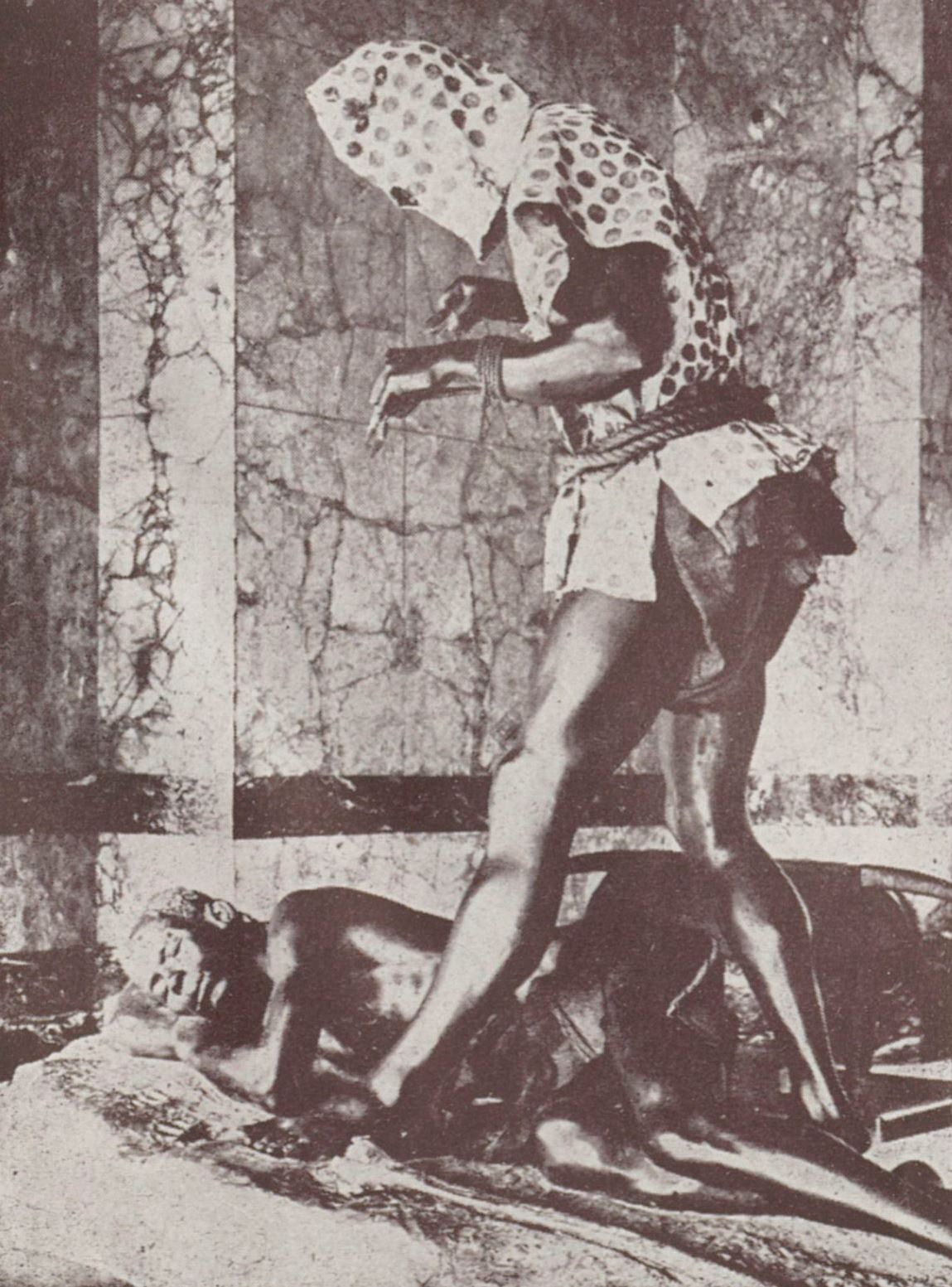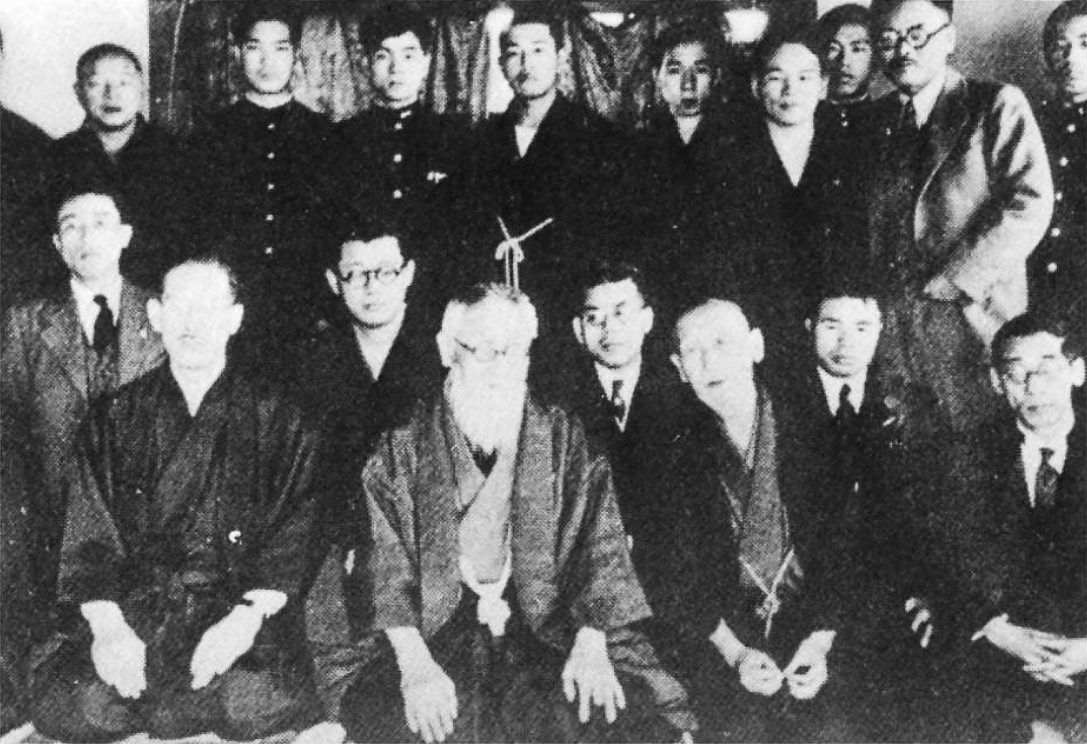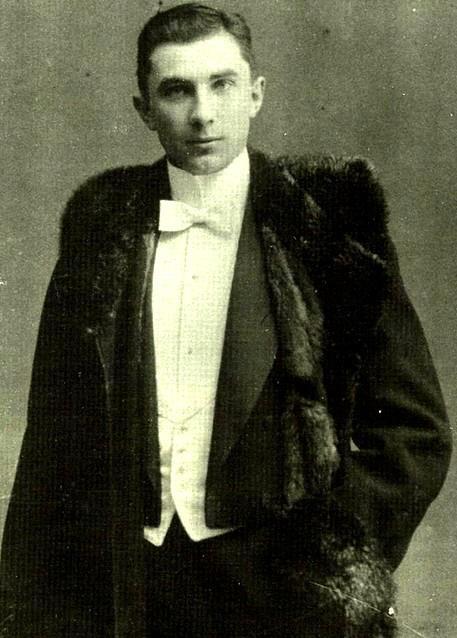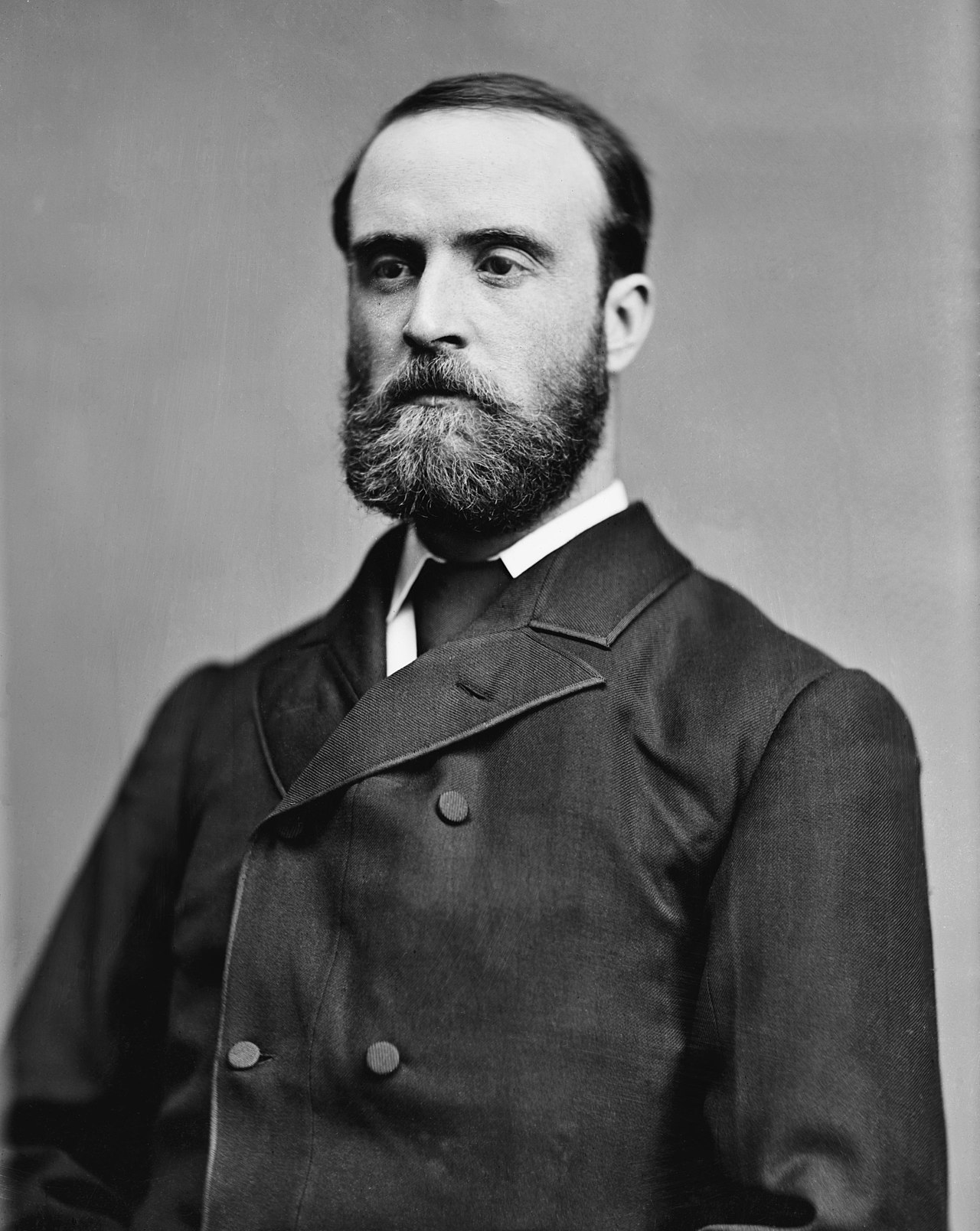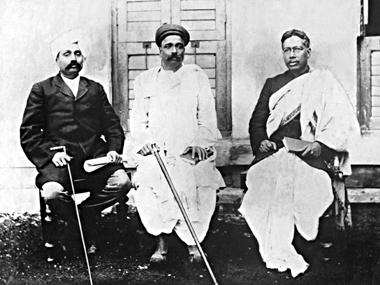The White Ship- Lightning in the Air
While the Napoleonic Wars had ended with the Congress of Vienna, the War of the Conflagration had ended with a far messier resolution, a handful of bitter pills that in hindsight would make the Second War of the Conflagration an inevitability. Italian dreams of unification had been dashed when the portions of the peninsula wrested from France were simply transfered to Austria. Germany remained partitioned between a French vassal and an unholy frankenstate itself torn between two rival powers. Poland had been completely dismembered. France itself groaned under the weight of a needlessly complicated constitution despite its better showing in the conflict. Britain would suffer over a decade of lingering unrest stemming in one way or another from the French invasion as the initial panic transitioned into a widespread crisis of faith in the political system that would itself feed the flames of a diverse array of causes, from Chartism to the reform movement to Luddism.

-Ned Ludd was almost certainly a fictional person, though the Luddite movement would find new life as a result of the rush to industrialize born of the European arms race begun by the First Conflagration.
This period of transition would see several major changes begin in Britain before spreading across the Continent and the wider world. Jeremy Bentham had died in the conflict but his designs would be adopted en masse as the most politically palatable solution to the problem of lingering unrest. The panopticon model would also come to inform an accelerating trend of industrialization and weapons research— arising out of the perception by many nations that only rapid advancement and new discoveries could give them an edge in what many saw as an inevitable future war, the psychological stresses of the panopticon system would perversely only inflame tensions with the working class, most spectacularly in the case of the American Great Upheaval that would come half a century later. This period would also see the vast expansion of the Esoteric Order of Dagon, as a group that had begun among a small cadre of conspirators concentrated in the British Navy and the government began to extrude tendrils throughout the upper classes and the military-industrial complex.
By the 1840s the European powderkeg was primed to blow, with heads of state and nameless citizens across the continent waiting for the inevitable first spark. It would come from the abomination that was the Holy Roman Empire. Everyone living within the Empire knew it was well past its expiration date, with Prussia and Austria seething with mutual hostility and prepared to strike at one another at a moment's notice. Prussia would be first, launching the Holy Roman Civil War in 1848 and with it the Second War of the Conflagration.
Viewing the Austrians as a power in the midst of a long decline* the Order would covertly aid Prussia in a bid to create a land rival to France incapable of actually conquering her or threatening British sea power** even as the government itself took a position of official neutrality. With Prussian support the Italian states were dragged into the conflict, with the Austrians providing a useful enemy to kickstart the process of Italian unification. Meanwhile the desire of many within the Confederation of the Rhine to become part of a unified German state would directly involve France, exposing deep-seated flaws in Seiyès' unworkable constitutional order in the process.

-Ah to be an airship in the heady days after cheap aluminum but before helium.
The discovery of a cost-effective method to refine aluminum had proved the holy grail of guerre d'éclair. While the element had been discovered in the 1820s and had attracted much military interest for its potential to create lighter and more durable airships the sheer difficulty of isolating it had made the substance prohibitively expensive for a generation after its discovery, worth more per ounce than gold. By the start of the Second War of the Conflagration that had all changed, with a new generation of rigid airships replacing even the most refined war balloons, making the conflict the first true war in the air. They were not without their problems, however, with the need to rely on hydrogen as a lifting agent proving a fatal weakness when facing an enemy armed with incendiary shells, an innovation pioneered by both of the major German powers and initially based on the use of powdered magnesium.
The bulk of the Second Conflagration would last from 1848 to 1852. While Germany and Austria were unable to completely overpower one another, the broader ripples of the war would see Prussia the victor, with the Holy Roman Empire finally dissolved and popular revolts in the Confederation of the Rhine leading to the nation's annexation into the new German Empire. The Italian states had managed to drive out the Austrians, laying the foundation for the later Kingdom of Italy even as the remaining Austrian realms reorganized themselves into the Austro-Hungarian Empire.
While Prussia had been the unquestionable winner, it was France rather than Austria who would face the greatest shock to the system in a scenario ironically similar to the British position at the end of the First Conflagration. Although France had seen little actual fighting in the country, the inability of the French Army to put down the revolts in the Rhine and the vulnerability of her airships to Prussian incendiary rounds*** would lead to an unraveling of the French constitutional order as citizens erupted against their ineffective government. Though he was personally popular, Napoleon II absorbed the brunt of this discontent as the people cried out for a return to the decisive leadership and military victories they had enjoyed under his father. Into the breach would step his cousin Louis-Napoleon, who would lead a mutiny with mass public support, securing his cousin's abdication and becoming Napoleon III. The Order's plans had perhaps succeeded too well.
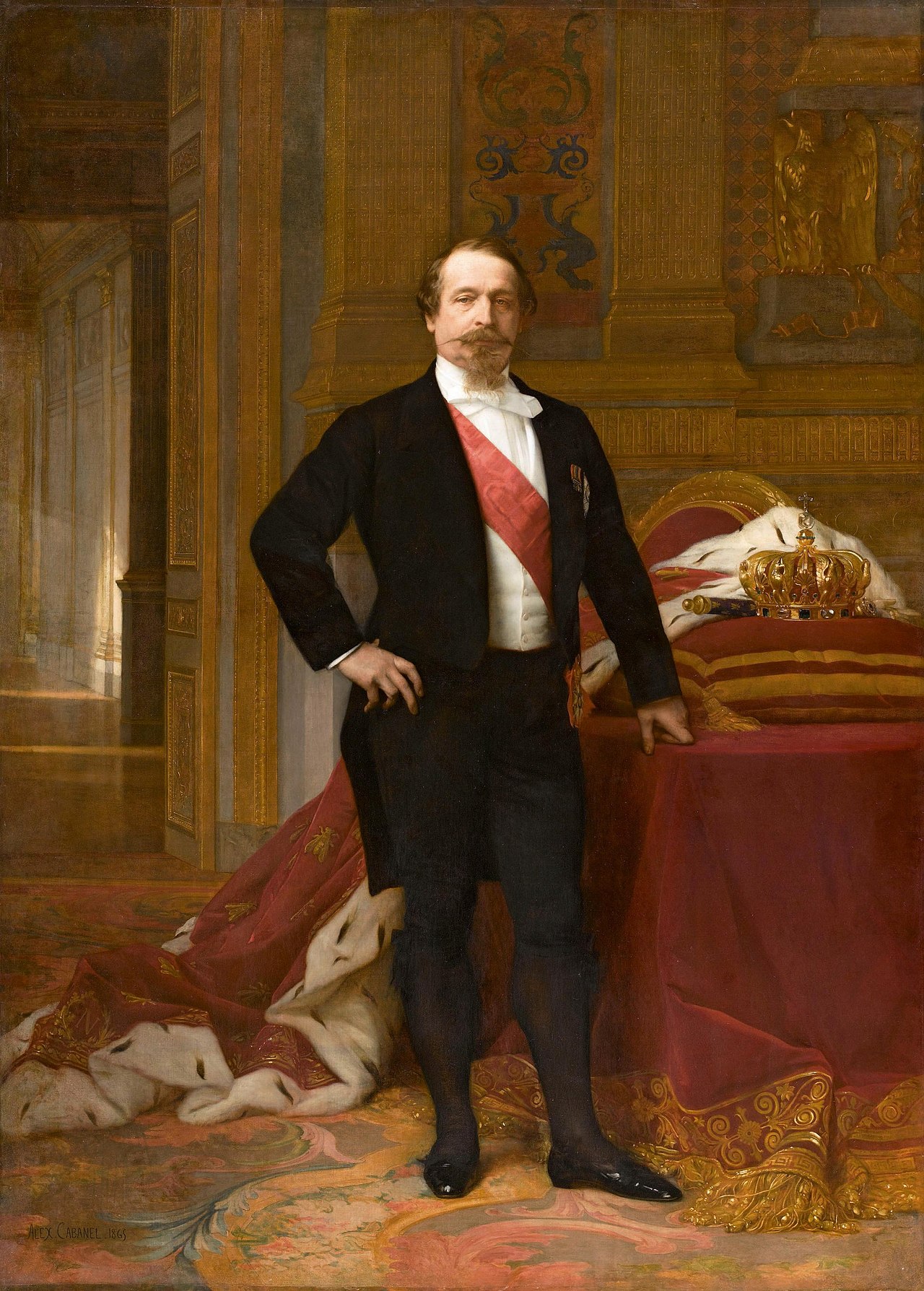
-In theory the College of Guardians should have been able to nip this in the bud by simply inducting Louis-Napoleon as a member (stripping him of his military rank in the process) but he had many supporters in the body and the system had been dysfunctional since its inception in any case.
The new French constitution would do away with all that nonsense about the Grand Elector choosing between military or civil power and would simultaneously centralize the state more fully under his control and remove the needless complications that had stifled genuine democratic participation in the government. It was thought that this new system, with the Legislature and Tribune merged into a single directly elected body and the College of Guardians firmly loyal to the Emperor, would provide the best synthesis of the preceding constitutions of the Empire and provide decisive action in service to the popular will and the nation's imperial ambitions.
While German and Italian unification had largely been achieved as a result of the Second Conflagration, the fairly conservative nature of the new governments would still see a mass emigration of radicals to the Americas, largely Germans and Italians but also no small number of French, British and Irish. That last would actually prove much smaller than what we experienced, with a British state laser-focused on preventing unrest taking early and decisive steps to better manage the Great Famine. Those irrevocably opposed to British rule on the island would still leave, though British actions in Ireland during the Famine would make it a loyal bastion of the Empire for decades to come and an integral part of the Alliance for Democracy well into the modern day.
*Ironic, given Austro-Hungarian showing in the First Clash of Civilizations.
**Is there an echo in here?
***Still a primitive technology, since it's difficult to ignite magnesium in bulk, but the French considered airships a sign of their edge in warfare and to see even a fraction of them falling out of the sky in balls of fire was a shock to the planners of the day.

-Ned Ludd was almost certainly a fictional person, though the Luddite movement would find new life as a result of the rush to industrialize born of the European arms race begun by the First Conflagration.
This period of transition would see several major changes begin in Britain before spreading across the Continent and the wider world. Jeremy Bentham had died in the conflict but his designs would be adopted en masse as the most politically palatable solution to the problem of lingering unrest. The panopticon model would also come to inform an accelerating trend of industrialization and weapons research— arising out of the perception by many nations that only rapid advancement and new discoveries could give them an edge in what many saw as an inevitable future war, the psychological stresses of the panopticon system would perversely only inflame tensions with the working class, most spectacularly in the case of the American Great Upheaval that would come half a century later. This period would also see the vast expansion of the Esoteric Order of Dagon, as a group that had begun among a small cadre of conspirators concentrated in the British Navy and the government began to extrude tendrils throughout the upper classes and the military-industrial complex.
By the 1840s the European powderkeg was primed to blow, with heads of state and nameless citizens across the continent waiting for the inevitable first spark. It would come from the abomination that was the Holy Roman Empire. Everyone living within the Empire knew it was well past its expiration date, with Prussia and Austria seething with mutual hostility and prepared to strike at one another at a moment's notice. Prussia would be first, launching the Holy Roman Civil War in 1848 and with it the Second War of the Conflagration.
Viewing the Austrians as a power in the midst of a long decline* the Order would covertly aid Prussia in a bid to create a land rival to France incapable of actually conquering her or threatening British sea power** even as the government itself took a position of official neutrality. With Prussian support the Italian states were dragged into the conflict, with the Austrians providing a useful enemy to kickstart the process of Italian unification. Meanwhile the desire of many within the Confederation of the Rhine to become part of a unified German state would directly involve France, exposing deep-seated flaws in Seiyès' unworkable constitutional order in the process.

-Ah to be an airship in the heady days after cheap aluminum but before helium.
The discovery of a cost-effective method to refine aluminum had proved the holy grail of guerre d'éclair. While the element had been discovered in the 1820s and had attracted much military interest for its potential to create lighter and more durable airships the sheer difficulty of isolating it had made the substance prohibitively expensive for a generation after its discovery, worth more per ounce than gold. By the start of the Second War of the Conflagration that had all changed, with a new generation of rigid airships replacing even the most refined war balloons, making the conflict the first true war in the air. They were not without their problems, however, with the need to rely on hydrogen as a lifting agent proving a fatal weakness when facing an enemy armed with incendiary shells, an innovation pioneered by both of the major German powers and initially based on the use of powdered magnesium.
The bulk of the Second Conflagration would last from 1848 to 1852. While Germany and Austria were unable to completely overpower one another, the broader ripples of the war would see Prussia the victor, with the Holy Roman Empire finally dissolved and popular revolts in the Confederation of the Rhine leading to the nation's annexation into the new German Empire. The Italian states had managed to drive out the Austrians, laying the foundation for the later Kingdom of Italy even as the remaining Austrian realms reorganized themselves into the Austro-Hungarian Empire.
While Prussia had been the unquestionable winner, it was France rather than Austria who would face the greatest shock to the system in a scenario ironically similar to the British position at the end of the First Conflagration. Although France had seen little actual fighting in the country, the inability of the French Army to put down the revolts in the Rhine and the vulnerability of her airships to Prussian incendiary rounds*** would lead to an unraveling of the French constitutional order as citizens erupted against their ineffective government. Though he was personally popular, Napoleon II absorbed the brunt of this discontent as the people cried out for a return to the decisive leadership and military victories they had enjoyed under his father. Into the breach would step his cousin Louis-Napoleon, who would lead a mutiny with mass public support, securing his cousin's abdication and becoming Napoleon III. The Order's plans had perhaps succeeded too well.

-In theory the College of Guardians should have been able to nip this in the bud by simply inducting Louis-Napoleon as a member (stripping him of his military rank in the process) but he had many supporters in the body and the system had been dysfunctional since its inception in any case.
The new French constitution would do away with all that nonsense about the Grand Elector choosing between military or civil power and would simultaneously centralize the state more fully under his control and remove the needless complications that had stifled genuine democratic participation in the government. It was thought that this new system, with the Legislature and Tribune merged into a single directly elected body and the College of Guardians firmly loyal to the Emperor, would provide the best synthesis of the preceding constitutions of the Empire and provide decisive action in service to the popular will and the nation's imperial ambitions.
While German and Italian unification had largely been achieved as a result of the Second Conflagration, the fairly conservative nature of the new governments would still see a mass emigration of radicals to the Americas, largely Germans and Italians but also no small number of French, British and Irish. That last would actually prove much smaller than what we experienced, with a British state laser-focused on preventing unrest taking early and decisive steps to better manage the Great Famine. Those irrevocably opposed to British rule on the island would still leave, though British actions in Ireland during the Famine would make it a loyal bastion of the Empire for decades to come and an integral part of the Alliance for Democracy well into the modern day.
*Ironic, given Austro-Hungarian showing in the First Clash of Civilizations.
**Is there an echo in here?
***Still a primitive technology, since it's difficult to ignite magnesium in bulk, but the French considered airships a sign of their edge in warfare and to see even a fraction of them falling out of the sky in balls of fire was a shock to the planners of the day.


